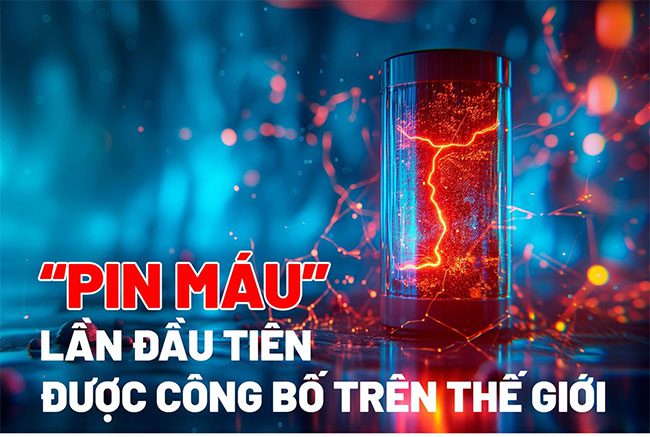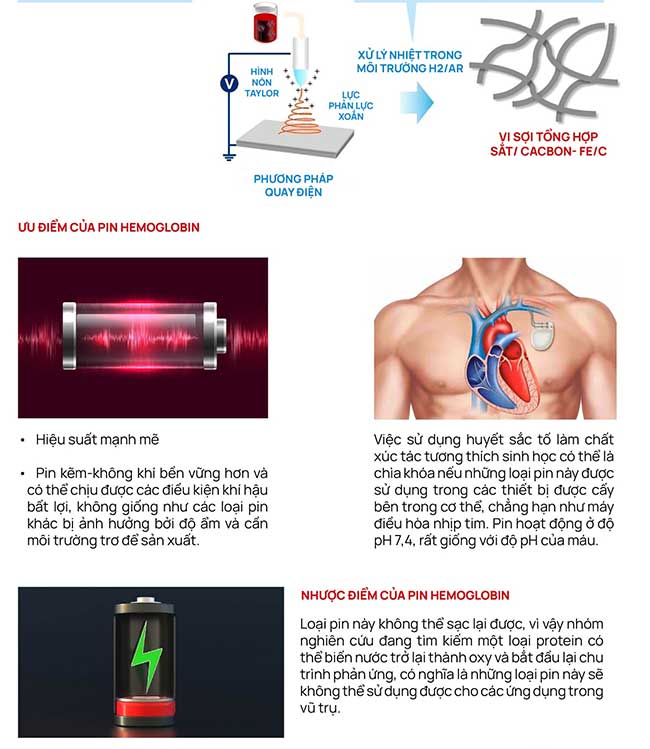Scientists at the University of Córdoba in Spain have developed a method to incorporate hemoglobin—the main component of red blood cells—into batteries, creating a type of battery that can operate for about 20 to 30 days.




Zinc-air batteries are among the most sustainable alternatives to the widely used lithium-ion batteries that power many devices like laptops and electric vehicles. They function through a chemical reaction known as reduction-oxidation. When air is drawn into the battery, oxygen is reduced to water at the cathode (positive electrode), releasing oxidized zinc at the anode (negative electrode).
To maintain this reaction, a good catalyst is required, possessing very specific characteristics. The researchers realized that hemoglobin could certainly fulfill this role. Senior author Manuel Cano Luna explains, “To be an effective catalyst in the reduction-oxidation reaction, the catalyst must have two properties: it needs to quickly absorb oxygen molecules and form water molecules relatively easily. Hemoglobin meets those requirements.”
Hemoglobin is the protein that gives red blood cells their characteristic color and ability to transport oxygen. It is fundamental to how our bodies function and is also present in the battery: only 0.165 milligrams of hemoglobin allows the battery to operate for 20-30 days.
The researchers state that using a biological mechanism as a catalyst like this could be key if these batteries are to be used in devices implanted within the body, such as pacemakers. The battery operates at a pH of 7.4, which closely resembles the pH of blood.
However, there are still some aspects to refine. The biggest current issue is that this type of battery is not rechargeable, so the research team is seeking a type of protein that can convert water back into oxygen and restart the reaction cycle, which means these batteries may not be suitable for space applications.
Energy storage remains a significant hurdle in humanity’s journey towards a more sustainable future. Therefore, batteries are continuously being improved. While lithium-ion batteries play an important role in addressing this issue, the problems surrounding the extraction of sufficient lithium and the waste it generates remain a concern.


















































